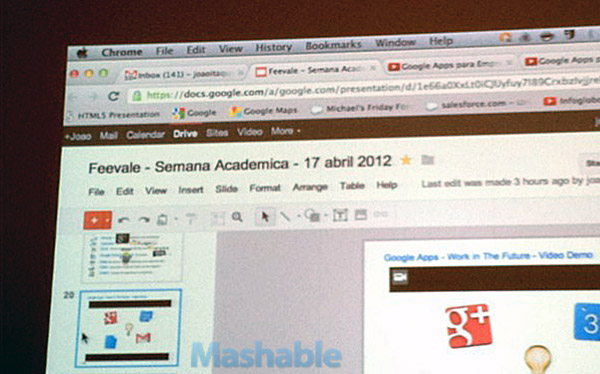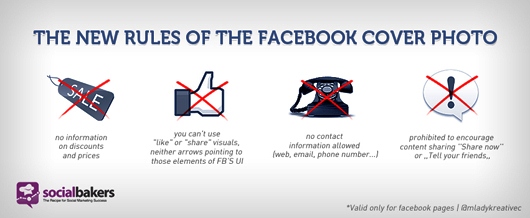Tuesday we heard rumors that Google will soon be launching Google Drive — its own cloud service — and now we have an exclusive screen shot of the Google Drive interface that seems to confirm that rumor.
A Google employee giving a presentation at a university in Brazil Tuesday appears to have accessed that presentation via Google Drive. Pedro Henrique Moschetta was at the keynote, and sent Mashable a shot of what may be Google’s cloud service in action.
“Some friends and I were watching a seminar with a Google employee called João Itaqui Google Enterprise director in Brazil here at Universidade Feevale Feevale University in Novo Hamburgo, RS — Brazil when we noticed he had an option called “Drive” in his Google toolbar.” says Moschetta. “I think he, as a senior employee, has early access to Google Drive before public announcement or release.”
SOURCE: Google Drive Interface Leaked in Employee Presentation [EXCLUSIVE].


